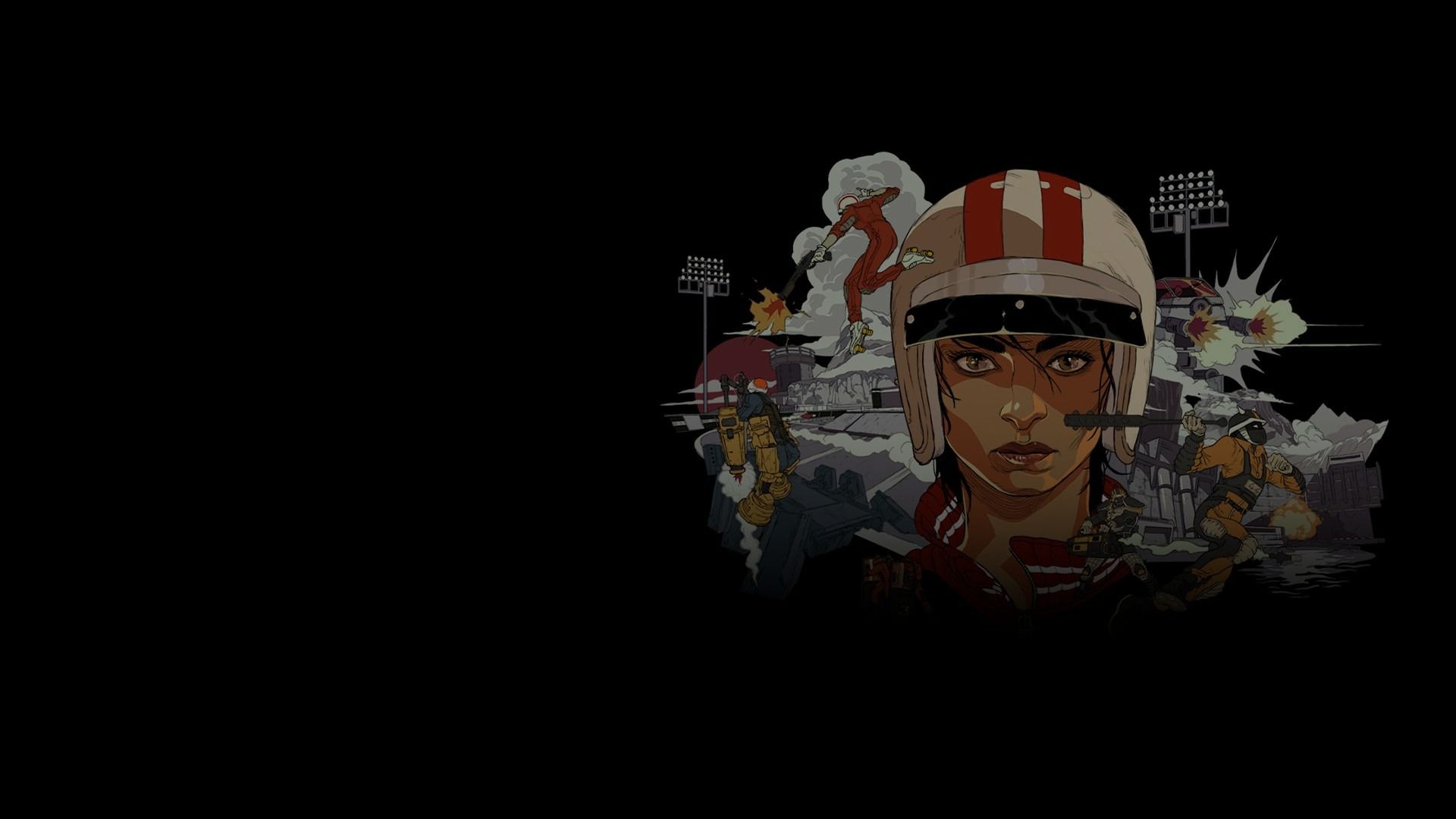
Doubling market reach would sound good to any studio, particularly if the opportunity cost is low. For studios with a PC game distributed online, expanding to include the at-least-equally sized console market is a no-brainer. Unity helps ease console development, offering WYSIWYG control of multiplatform builds in the Editor, but the unique ways that creative studios highlight their art and gameplay still require adjustments to shine on every platform.
Launching games on multiple console platforms with a highly customized in-house renderer
PC, PlayStation® 4, PlayStation® 5 (initial launch)
23
Remote, United Kingdom

Roll7 (aka RollingMedia Limited) built one of their very first browser-based games with Unity 2.0 way back in 2008. After a few years of learning game development and experimenting with different engines, they understood exactly what they needed: a development platform with strong multiplatform capabilities, game object component architecture, and wide acceptance in the industry. Based on this, they chose Unity for their hit skateboarding game OlliOlli World and their latest skater shooter, Rollerdrome. According to lead programmer Andrew Fray, “we love it.”

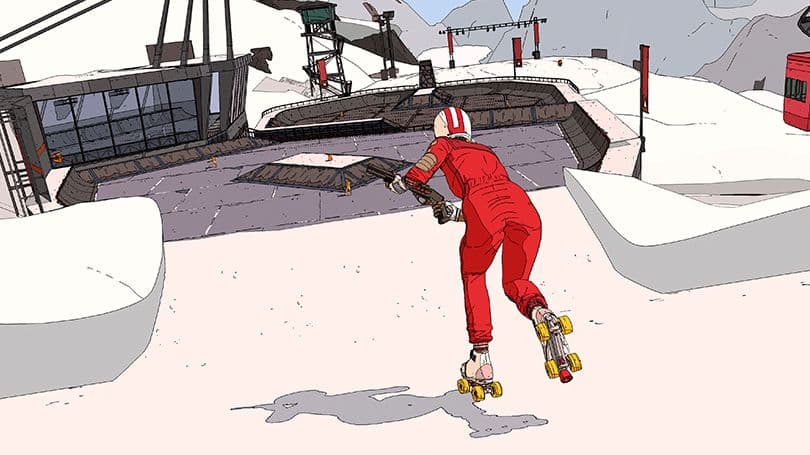
Roll7 founders Simon Bennett, Tom Hegarty, and John Ribbins built educational games and multimedia content on contract while saving up funds to launch their own IP. They released an iOS game in 2012 and started developing a number of prototypes for PCs and consoles.
After viewing a prototype of a skateboarding game, Sony encouraged Roll7 to create a version for the PlayStation® Vita. Roll7 went for it and released OlliOlli to critical acclaim in 2014, capturing the BAFTA Best Sports Game award in 2015. A sequel soon followed, and the third multiplatform title in the franchise, OlliOlli World, launched in early 2022.
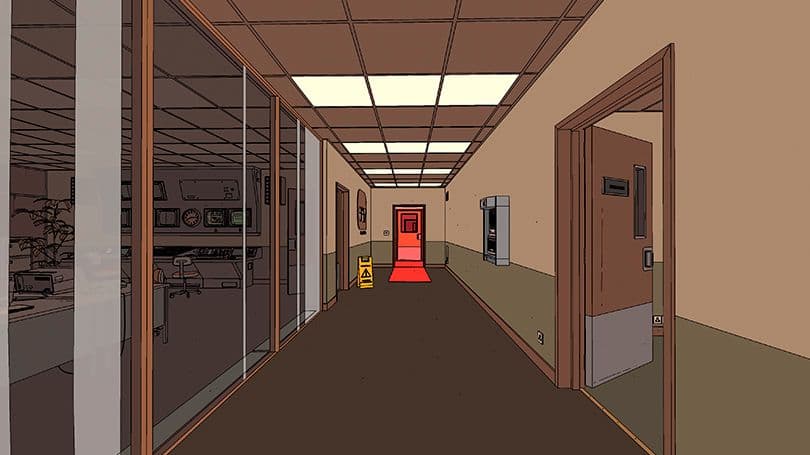
After OlliOlli, the studio tried developing a game entirely remotely. The team found the remote work model “so enjoyable” that Roll7 decided to shut down its brick-and-mortar office.
Fray says, “Roll7 proved that remote development not only works, but that it can work without the crunch environment that so many studios demand and that so many developers can’t stand.” The team takes maintaining a work/life balance very seriously, and avoids overtime even as launch dates loom. “Even in the last week before making a console submission build, we expect people to log off at 5:30 pm.”
Celebrating and championing diversity is a key part of Roll7’s culture as well. These values are represented in the selection of the team as well as the games’ designs, themes, and characters. The studio also continues to work on the accessibility of their games to ensure that as many people as possible are able to experience them to their fullest.
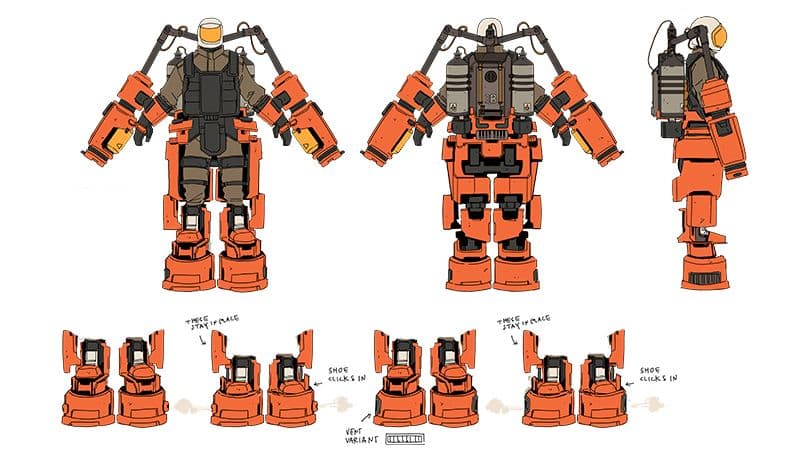
Rollerdrome’s art style is brutalist, with nods to heavy metal and a gritty style that uses outlines and solid colors to suggest a sci-fi blend of psychedelic fantasy and surrealism. To enable the studio’s unique illustrative graphics, which require a considerable amount of edge detection and line rendering, Roll7 tech artists took advantage of Unity’s extensibility and built their own renderer.
“NoComply shaders make the more outlandish and cartoony elements work. And if you go for cartoony, you need the physics to match,” says tech artist Alina Sommer. Using just a few polys and a small gradient texture can produce complex, colorful scenes, and for Roll7 it was an essential technique for achieving 4K 120 fps performance on next-generation platforms.
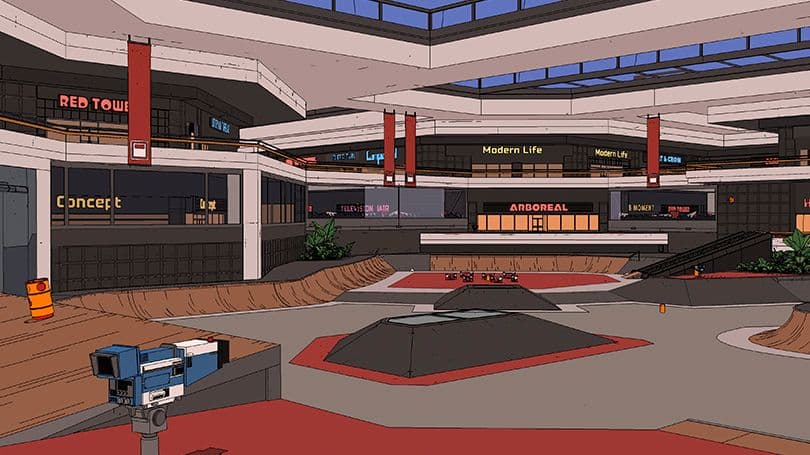
When it came time to create PlayStation builds, the resulting Rollerdrome executable loaded quickly and effortlessly. “It just worked,” says Fray.
However, when they encountered gameplay created with their custom renderer, they saw gray screens, and they learned an important lesson about multiplatform porting. According to Sommer, “using Unity is easy, and you sometimes forget about how many details it’s actually taking care of.”
For example, some of NoComply’s custom render targets weren’t supported, and in other cases, the render-target and render-texture buffers simply weren’t mapped appropriately. “When you’re do-it-yourself shipping to different platforms, a lot of small issues pop up that by themselves are relatively easy to fix. But the work adds up,” adds Sommer. In addition to solving the complication that arose from getting their custom renderer configured, she says, “Unity made it exceedingly easy to get the multiplatform build pipelines going.”
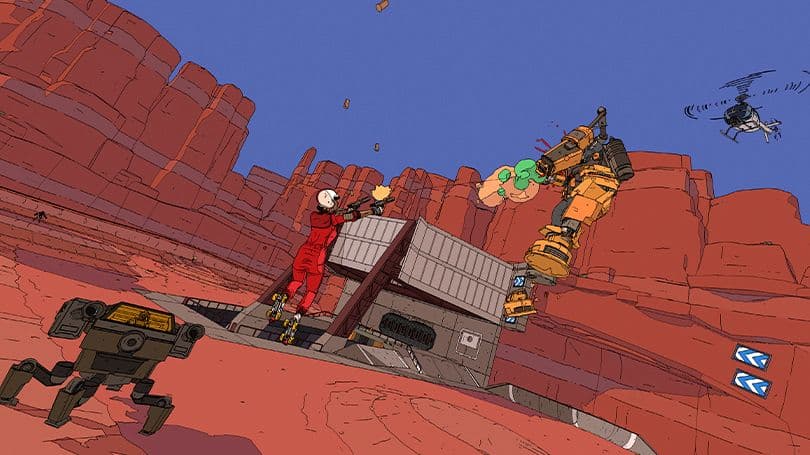
On top of quickly generating multiplatform builds, several Unity capabilities stood out for Roll7 developers. When Sommers saw missing edges, she’d open the Frame Debugger window, where she could check the draw calls for multiple render targets and textures. “The Frame Debugger was my best friend on this project,” she says. “It’s my favorite feature!”
The Smart Strings localization capability enabled the generation of data-driven templates using dynamic strings. This helped ensure proper pluralization, gender conjugation, lists, and conditional language logic that helped Rollerdrome localizers tremendously. They also used it for UI development by using a Smart String to extract a name without writing custom code, and are looking to incorporate it earlier in future projects for data binding.
Manually testing Rollerdrome was challenging because of its many different transitions, each with many subtleties. Roll7 used a variety of Unity Test Framework (UTF) test modes on Rollerdrome’s most troublesome areas, such as traversals. Fray says, “Eventually, we got to a point where we could make last-minute fixes, such as a change to the physics and the levels, with total confidence. By the end of the project, we could run all tests in 45 minutes or less.”
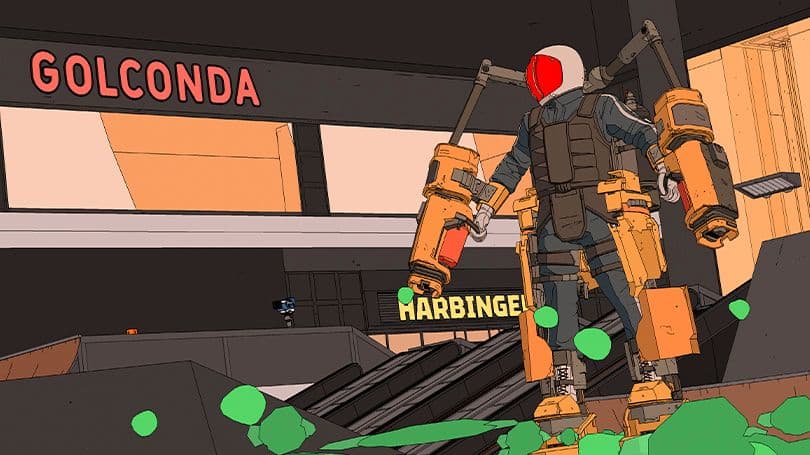
“We loved having Unity’s Integrated Success Services help with Rollerdrome, from the week-long project consult that highlighted a bunch of big performance gains to deep technical discussions with domain experts on particular issues and deep dives into the core architecture of Unity to make sure that the game was running performantly,” says Fray. For Roll7, ISS was like having “a high-powered contractor you can ring up at a moment’s notice.”
Roll7 also used a number of Unity Asset Store resources such as PuppetMaster for ragdoll physics and Kinematic Character Controller for fluid and responsive movements across such a complex physics level. To generate Rollerdrome velodromes with long, swooping curves and brutalist, straight-lined mountain-top ski lodges, the team wrote several level-design tools with the help of Curvy Splines. The team also used Unity ProBuilder to block out levels and then convert them into meshes, as well as to build dioramas and backgrounds around the elements.
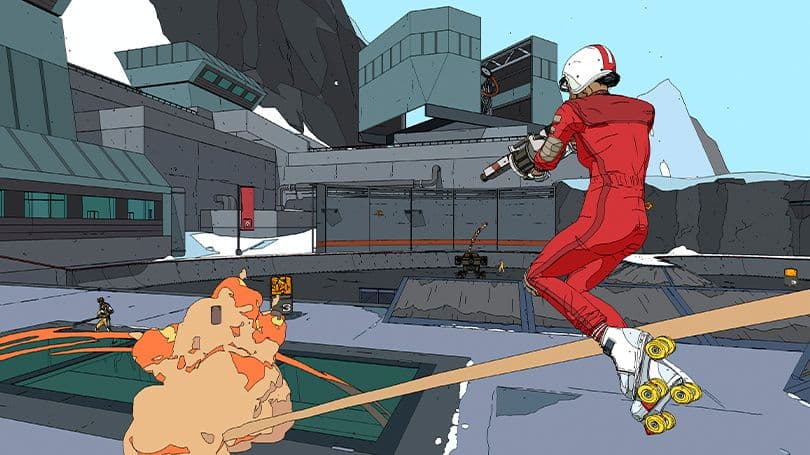
With its strong commitment to releasing multiplatform games, Roll7’s confidence that what they see in the Unity Editor is what they’ll get across desktop and consoles is enormously valuable. They also saw a saving in resources as they didn’t need to hire a team of low-level engine coders to gain access to larger markets, and with features like the Frame Debugger, they can quickly resolve any odd compatibility issues that pop up. As Fray puts it, “for a small studio, using Unity is like gaining an extra team of developers!”

Access a wider audience and feel confident that your IP will be ready for the future. Create your content once and launch it across more than 20 platforms to captivate players across formats.